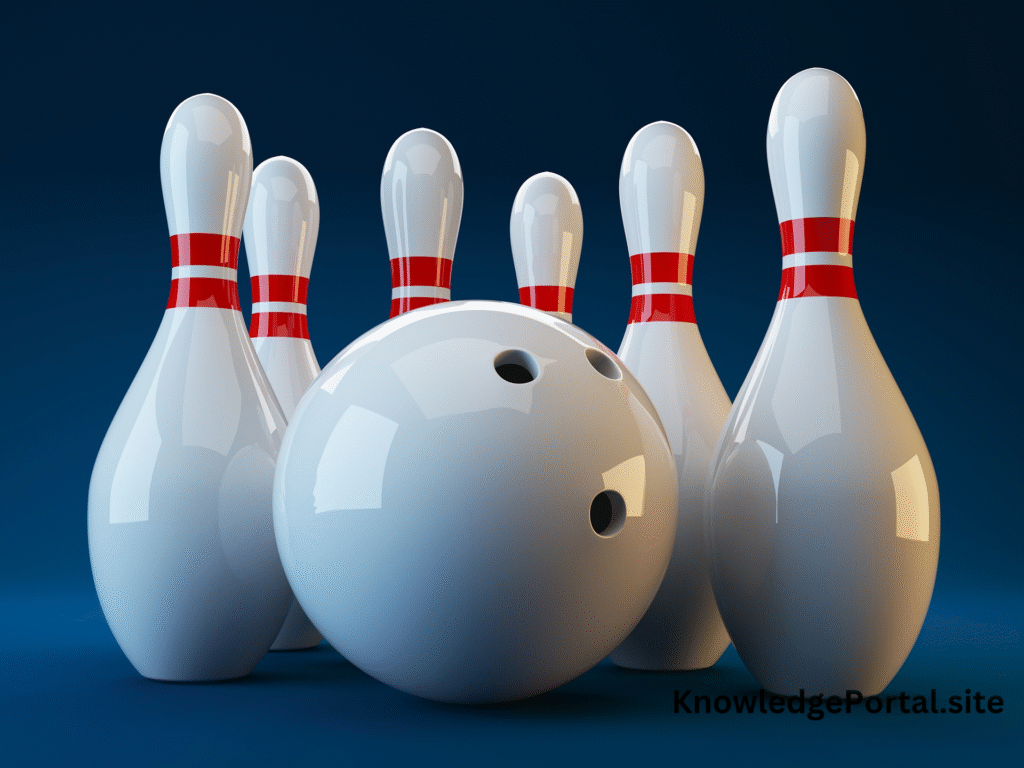Promoting physical fitness, improving motor skills, fostering teamwork, and making learning fun for children of all ages depends critically on games used in physical education classes. Including interesting activities into your PE curriculum will help you, regardless of your level of experience as a homeschooling parent, rookie teacher, or seasoned PE teacher create a dynamic, high-energy classroom where children flourish.
The finest games for physical education classes across several age groups will be discussed in this post together with their advantages and ideas on how to apply them successfully. These concepts stress fun, safety, inclusiveness, and lifetime fitness practices and fit current physical education objectives.
Why Should Physical Education Classes Feature Games?
Physical education lays a basis for an active, healthy lifestyle, not only about exercise. PE classes’ games:
Improve physical fitness by means of coordination, flexibility, strength building, and aerobic exercise.
Learn empathy, leadership, and communication among other social skills.
Encourage in a disciplined, goal-oriented environment collaboration and teamwork.
Reduce stress and anxiety by means of physical activity so improving mental health.
Encourage strong rivalry and fortitude in either success or failure.
Including appropriate games for physical education guarantees students’ motivation, involvement, and difficulty level.
-
Grade K–5 Elementary School’s Best Games for Physical Education Class by Age Group
1.Games stressing simple principles, spatial awareness, and basic motor skills help younger pupils most of all. These are some great choices a:Sharks and Minnows
Goal: Steer clear of the “shark tagging.”
Develops running, dodging, and agility.
Playing, one student begins as the shark. Other players, the minnows, want to sprint across the gym without being caught. Should they be tagged, they also become sharks.
b. Relay for Animal Walking
Goal: Race while mimicking animals.
Advances coordination and gross motor development.
Students travel throughout the gym acting as various animals—crab walk, bear crawl, frog jump, etc.
c. Parachute Activities
Goal: Cooperatively execute parachute moves.
Strengthens upper body and teamwork.
Activities include Mushroom (inflate parachute), Popcorn (bounce balls), and Colour Run (where pupils alternately occupy spaces beneath the parachute).
2. Middle School: Grades 6–8
More sophisticated games involving strategy and competition appeal to middle schoolers. These games also improve coordination and motor ability.
a. Show the flag.
Goal: Retouch the flag of the enemy team back to your base.
Combines collaboration, speed, and strategy.
Divide pupils in two teams, each with a flag. Without being tagged, players attempt to pilfers the flag of the other team and brings it back to their side.
b. Great Frisbee
Get points by catching the frisbee in the end zone of the opponent.
Advantages: promotes team work and cardiac endurance.
Rules: Played with a football but akin to football or soccer. Players merely pass the disc; they cannot run with it.
c. Variants in Dodgeball
Goal: Soft ball strikes will help to eliminate opponents.
Safety first: enforce no-headshot regulations with foam balls.
Doctor Dodgeball (players can be revived), Island Dodgeball (everyone starts on a mat), or Gauntlet (run through without being hit).
3. High School (grades 9–12)
Competitive sports challenging their degree of fitness, coordination, and tactical thinking can be handled by older students.
a: Floor Hockey
Hit a puck or ball into the other team’s goal to score.
Gives aerobic fitness, team strategy, and coordination.
Equipment: Plastic hockey sticks or foam sticks, light weight puck or ball.
b. 3-on–3 basketball or basketball
Goal: Strategically and cooperatively score baskets.
Increases aerobic capacity, teamwork, and hand-eye coordination.
Often rotating teams helps to keep all the students involved.
c. Circuit Games for Fitness
Goal: Overcome several physical obstacles.
Activities call for jump rope, push-ups, sit-ups, cones sprinting or balance beams.
Benefits: diversity, self-paced goals, total body conditioning.
Games for Physical Education, Inside and Outside
The schedule of your physical education is not disrupted by the weather. Here are some excellent ideas for both inside and outside games:
Internal Physical Education Games
Teams keep a balloon from touching the ground in order to play balloon volleyball.
Players ride scooter boards and mark one another.
Perfect for confined area, Four Corners is a game of chance and fast movement.
Physical Education Games Outside
Great for bigger groups, kickball combines baseball and soccer.
Plan innovative relays using cones, hula hoops, or batons.
Tug of War is a light-hearted challenge of strength and cooperation.
inclusive games for the physical education classroom
PE classes of today must be inclusive. Games have to allow every degree of ability and fitness level.
a.Seated Volley
Ideal for pupils having trouble moving.
With a beach ball and low net,
b. Mirror gestures
Match pupils to reflect one another’s motions.
Promotes inclusivity and body awareness.
c. Tag adapted for use
Tag other people gently with pool noodles or flags.
Add pace choices and rest zones.
Finally
Your kids’ physical health, confidence, and social skills can all be much improved by choosing appropriate games for physical education classes. There is something for every age group, room size, and ability level from active games like Capture the Flag to inclusive favourites like Seated Volleyball.
Physical education aims to inspire a love of movement both inside and outside. These games not only satisfy curricular requirements but also help you to build lifetime memories and inculcate habits that support good living.